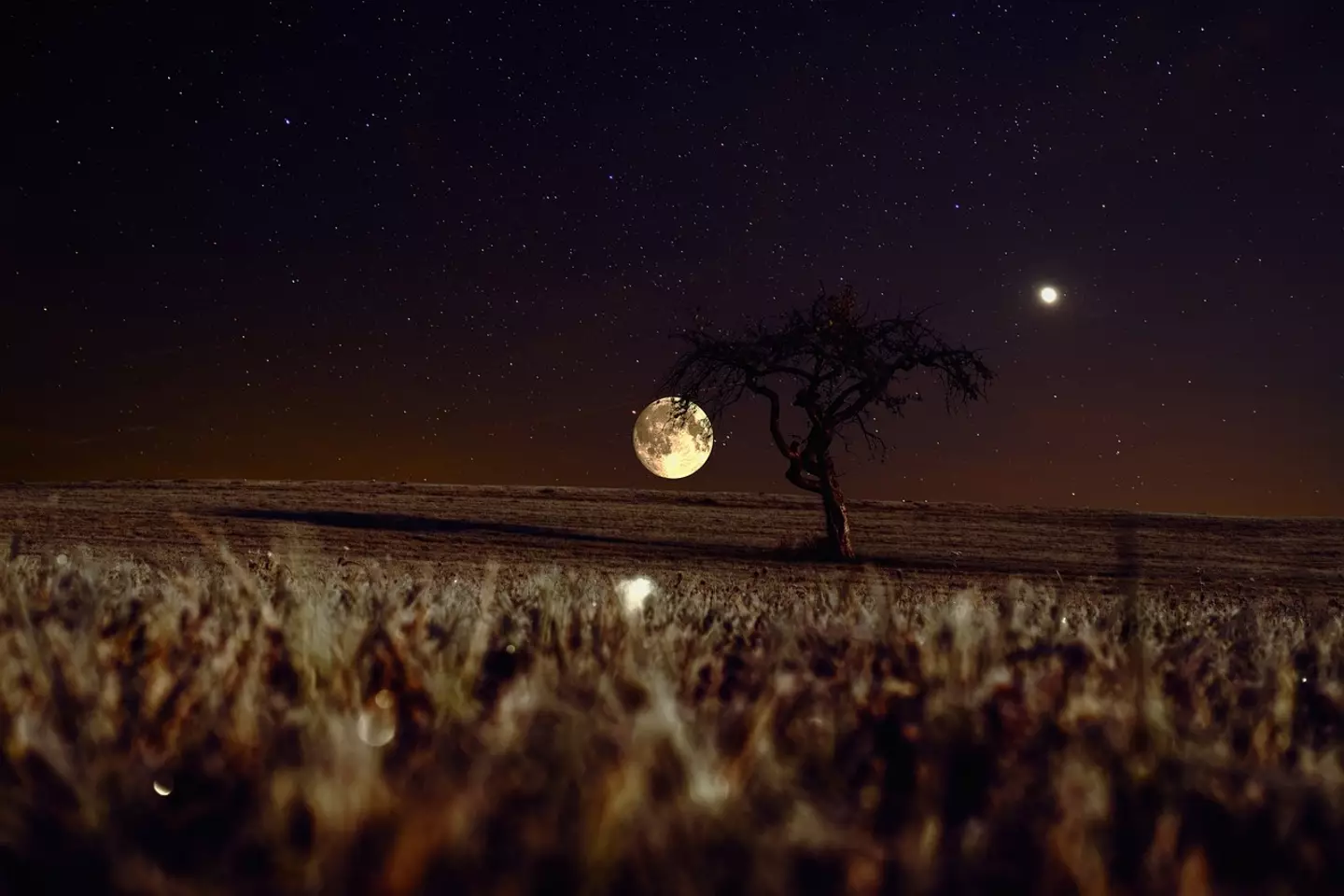
If you thought that the end of Christmas meant that there was nothing to look forward to until New Year's Eve, you’re wrong.
There is something pretty cool to see if you open your curtains tonight.
It’s only a few hours away until you’ll be able to see the full Cold Moon in full swing as it hits maximum illumination.
The Moon is currently due to rear its head and rise in the UK Northeast at 2.52pm GMT before the Sun sets at 3.57pm where you’ll be able to see it up until it sets at 9.07am GMT.
Advert
Whether or not you’ve noticed how big and bright it has gotten since last night, you’ll be able to see it ‘full’ tonight after midnight (28 December) for the last time this year.
If you’re in the US, you can see the full Cold Moon at 7.33pm EST.
But a word of warning, if you’re planning on stepping outside to get a better look, make sure to wear some waterproof gear as we’re set for some bad rain and wind in the UK.

This comes after the Met Office issued a yellow weather warning for wind, rain and snow for parts of the country including the South of England, Wales, the North of England and Scotland.
Advert
So, what exactly is the Cold Moon?
Well, it’s also sometimes called the Long Night Moon and it’s named due to its appearance during the Winter Solstice.
But it’s called Cold, simply because of the temperature during the time you can see it.
As we can see it in December, it's known as Cold Moon due to the nights being a lot longer during this month and colder.
Advert
Though it’s not just the Cold Moon that has this type of simple naming theme.
As other months of the year also correspond to different nicknames.
For example, in January is you’ll have Wolf Moon, February has the Snow Moon, March is Worm Moon, April is Pink Moon, May is Flower Moon, June is Strawberry Moon so on and on.
The reason for naming full moons like this is that it used to be a way to track the seasons.

Here’s the full list of full moons according to Old Farmer's Almanac:
- January: Wolf Moon due to hearing wolves more often
- February: Snow Moon as there is heavy snow
- March: Worm Moon as the Sun warms the soil and earthworms rise to the surface
- April: Pink Moon as it heralds the arrival of 'moss pink' one of the first spring wildflowers
- May: Flower Moon because of the blossoms.
- June: Strawberry Moon because it appears when the strawberry harvest takes place
- July: Buck Moon as it appears when male deer's antlers are in full growth
- August: Sturgeon Moon after the large fish that was easily caught at this time
- September: Corn Moon as it’s the time to harvest corn
- October: Hunter's Moon because it was the time to hunt for winter
- November: Beaver Moon to coincide with the need to set beaver traps
- December: Cold Moon because nights are the longest and coldest
Are you going to see it tonight?
Featured Image Credit: Lorenzo Di Cola/NurPhoto/Getty